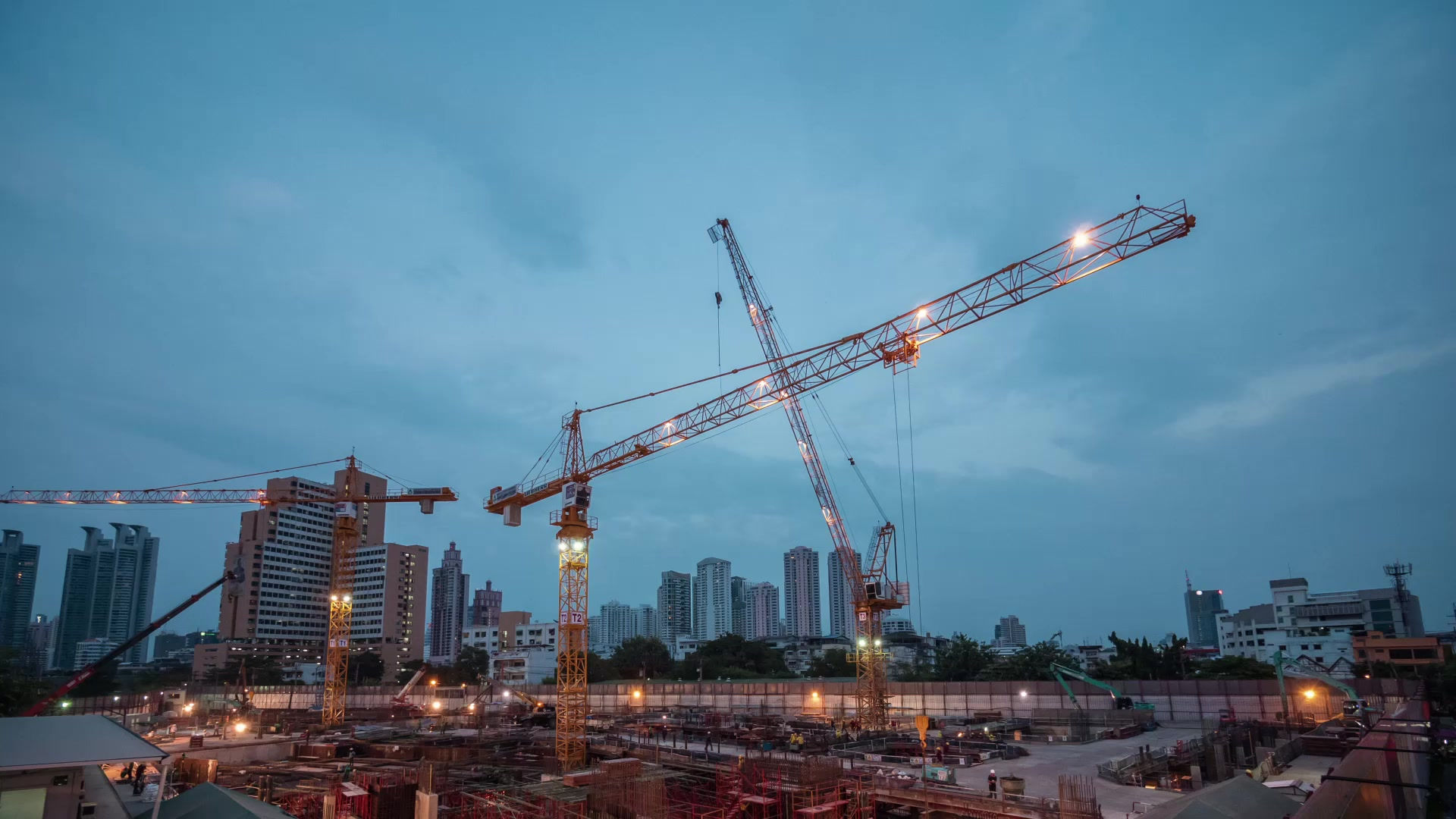In 2015, a groundbreaking concept was unveiled at the Glass Performance Days conference: a curvy tower at 252 East 57th Street in New York City. At the time, construction had only just begun, and few could predict if such an unconventional design would actually come to life. Yet, the vision became a reality and transformed into an iconic structure—an emblem of modern elegance and innovation. Here’s the story behind this twist on traditional architecture.

The Growing Demand for Curved Glass
In recent years, the demand for curved glass has surged as architects and designers increasingly turn to custom glass solutions to bring their boldest visions to life. This shift is not surprising. For the first time in history, architects can actually turn their most ambitious, “twisted” design dreams into tangible structures.
Bent glass is the game-changer in contemporary architecture, particularly in the creation of skyscrapers. Glass façades that curve and bend not only make a bold statement but also reflect the movement of the sky, city, and sunlight—breathing life into the surrounding environment.
Glass as Eye Candy in Modern Cities
Walking through the streets of New York today, it's impossible to miss the stunning curved glass buildings that dot the skyline. A prime example is the new tower at 252 East 57th Street, located on the eastern end of Manhattan’s exclusive "Billionaire’s Row." This stretch of 57th Street is known for its lavish residential skyscrapers, but the curvaceous new addition stands out.
Designed by Roger Duffy of the renowned architectural firm Skidmore, Owings & Merrill, the 65-story tower officially opened its doors just six months ago—and it’s already making waves in the luxury real estate market. Although it’s relatively modest in height at 217 meters, compared to other nearby buildings topping 300 meters, it packs a punch in terms of design and price.
Curved Glass and Premium Pricing
In terms of pricing, the luxury tower doesn’t shy away from its high-end positioning. Rent for a two-bedroom apartment starts around USD 7,500 (EUR 6,100) per month, while the penthouses go for a staggering USD 37 million. Despite the premium prices, 80% of the building’s units have already been sold or leased.
What’s driving these prices? The answer lies in the building’s breathtaking curved windows. Designed to provide panoramic views of both the East River and Central Park, these elegantly curved, floor-to-ceiling windows became the building's strongest selling feature, offering unparalleled sightlines that are truly a rare find in New York.
A Nod to Finnish Design
The lower portion of the tower, which houses 169 rental units, is affectionately named Aalto57, a tribute to legendary Finnish architect Alvar Aalto. Roger Duffy drew inspiration from Aalto’s iconic curvaceous design of the Aalto Vase, a clear glass piece he created in 1937 for the Savoy restaurant in Helsinki. The smooth, organic curves of the vase provided the design framework for this distinctive skyscraper.
Overcoming the Challenges of Curved Glass
While Skidmore, Owings & Merrill is no stranger to designing some of the world’s tallest buildings, the Aalto-inspired tower presented a unique challenge. As Duffy notes, the real difficulty lay in "taming" the building’s unconventional curves.
Unlike Aalto's singular glass vase, which was uniformly blown and shaped, the tower’s glass façade is made up of thousands of individually formed pieces, each consisting of two layers of glass with an insulating layer in between. The challenge was in integrating these layers while maintaining the high-quality, flawless finish required for such a prominent structure.
Cutting-Edge Glass Bending Technology
Fortunately, recent advancements in glass bending technology have made what once seemed impossible a reality. Just a few years ago, bending glass efficiently and affordably was a complex and costly endeavor. Today, thanks to innovations in glass production, creating large-scale, custom curved glass for buildings is not only feasible but also cost-effective.
For 252 East 57th Street, the latest glass bending technology from an Italian manufacturer, utilizing Glaston’s state-of-the-art production techniques, enabled the realization of Roger Duffy’s Finnish-inspired design, proving that innovation in glass manufacturing can bring even the most ambitious architectural ideas to life.
A Future Full of Curves
Custom bent glass has opened a whole new world of design possibilities. While still less common than traditional flat glass, its use is rapidly increasing as technology advances and costs decrease. The future of glass in architecture is undoubtedly curved, with endless applications across both interior and exterior designs.
From sleek façades and spiral staircases to skylights, elevators, and bridges, curved glass offers a new dimension of aesthetic and functional value. As architects and designers continue to explore its potential, the skyline of the future will be filled with even more dynamic, curved structures. The world is no longer flat, and neither should our buildings be.
4o


Yorumlar